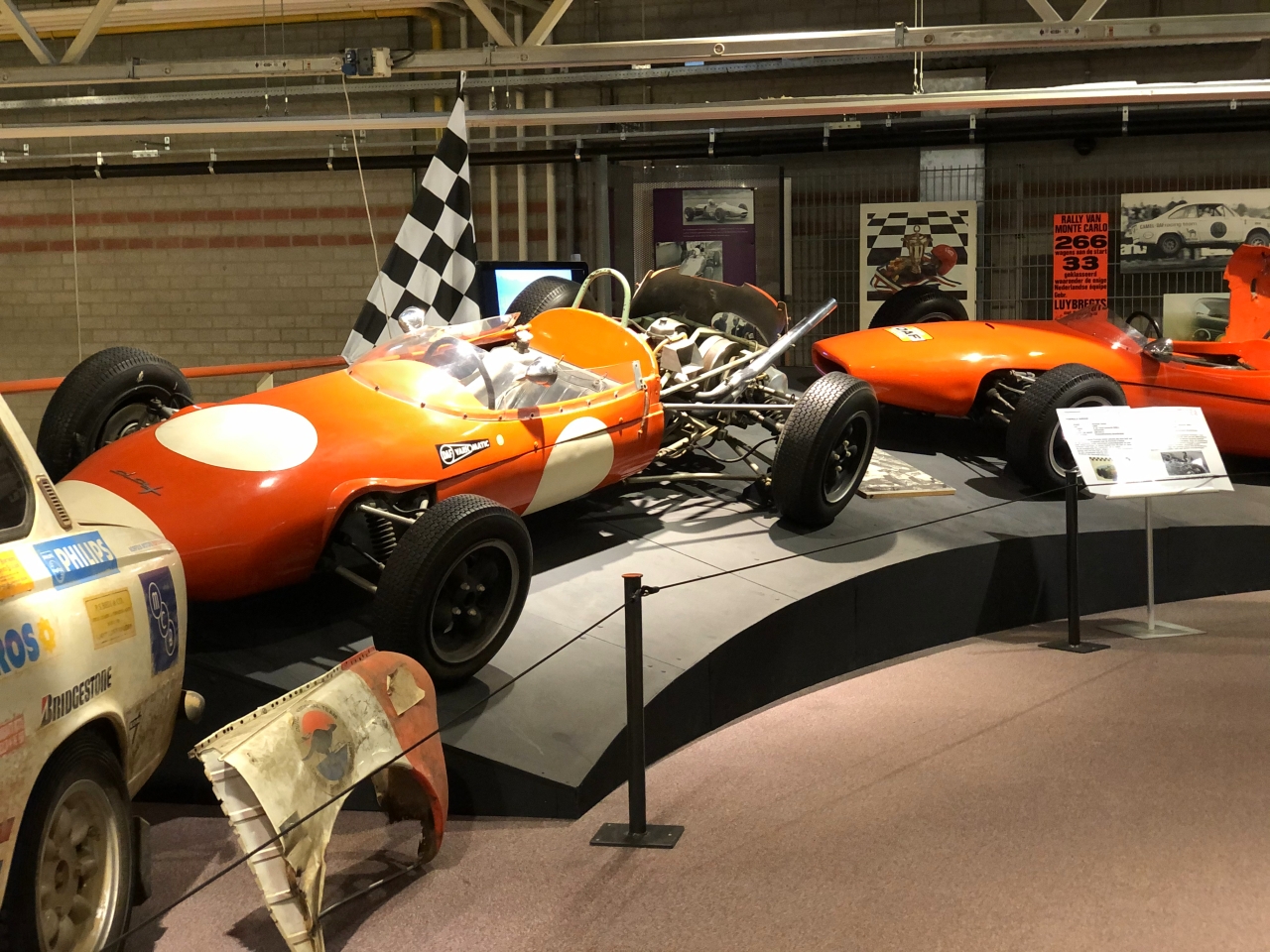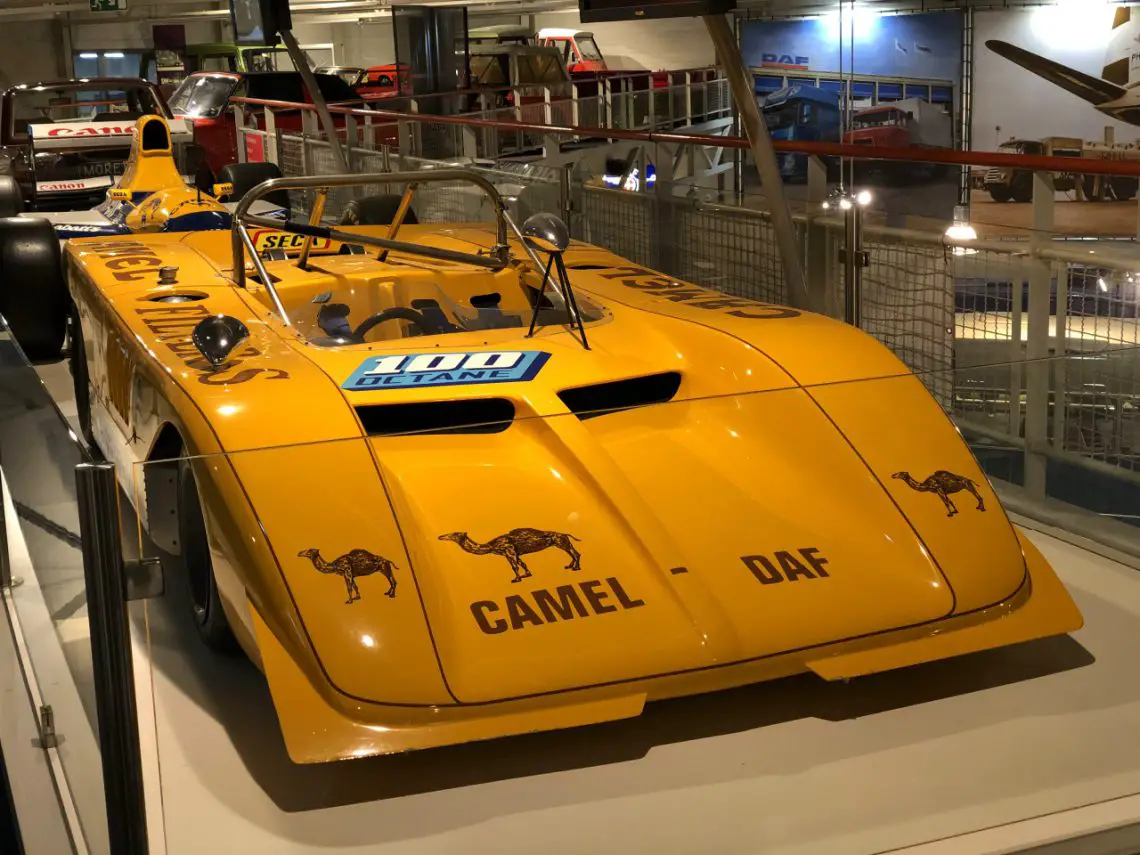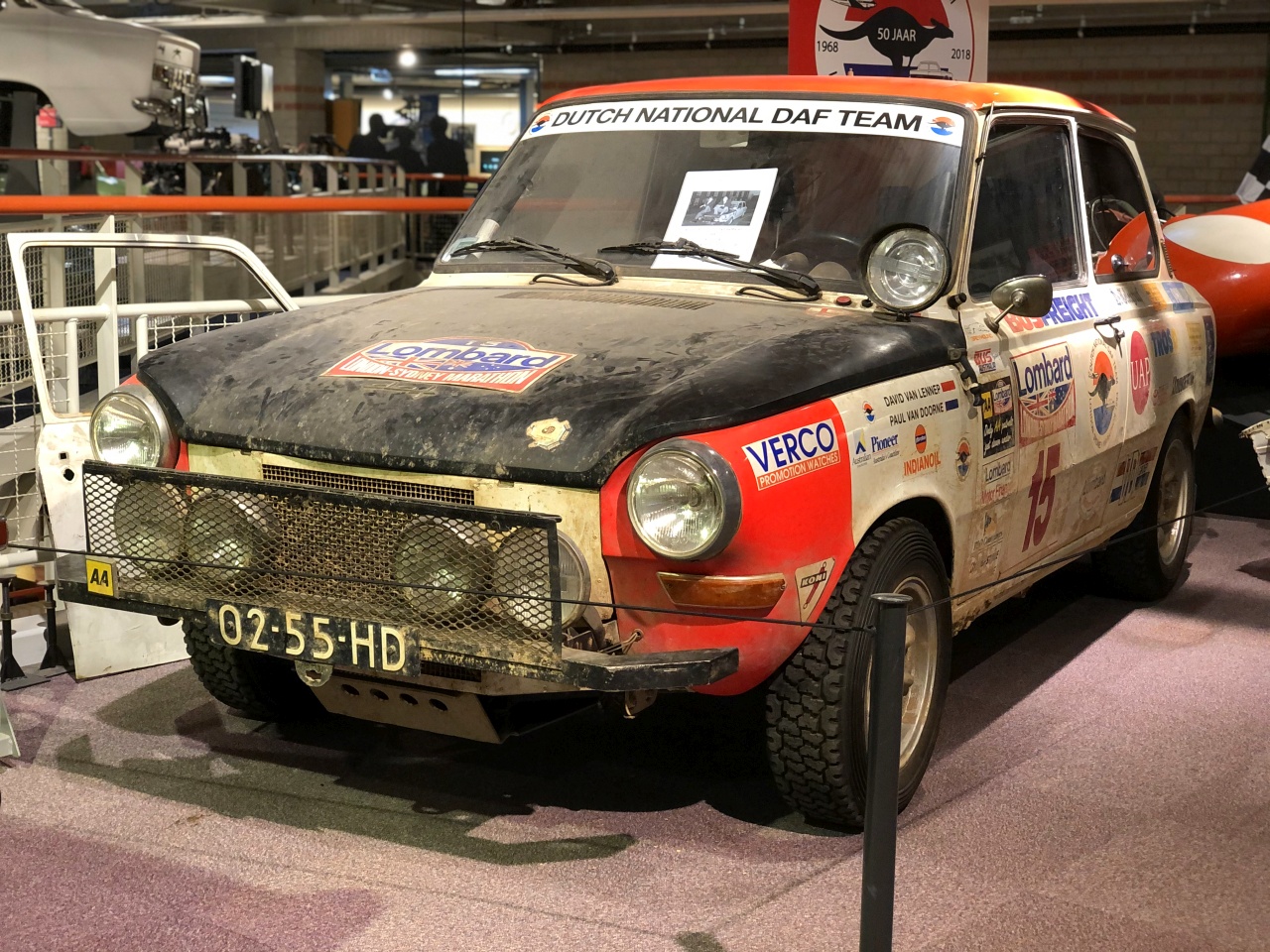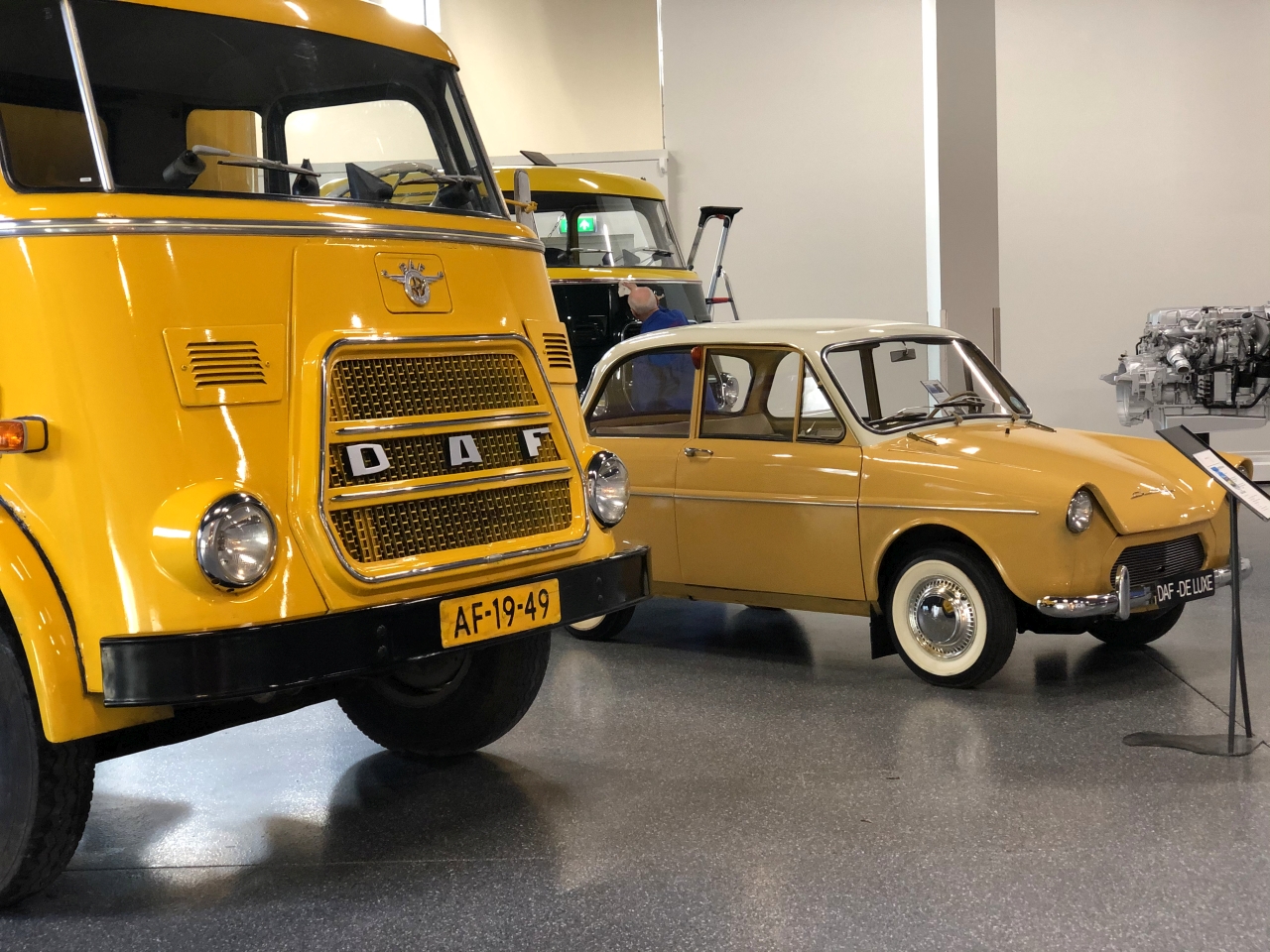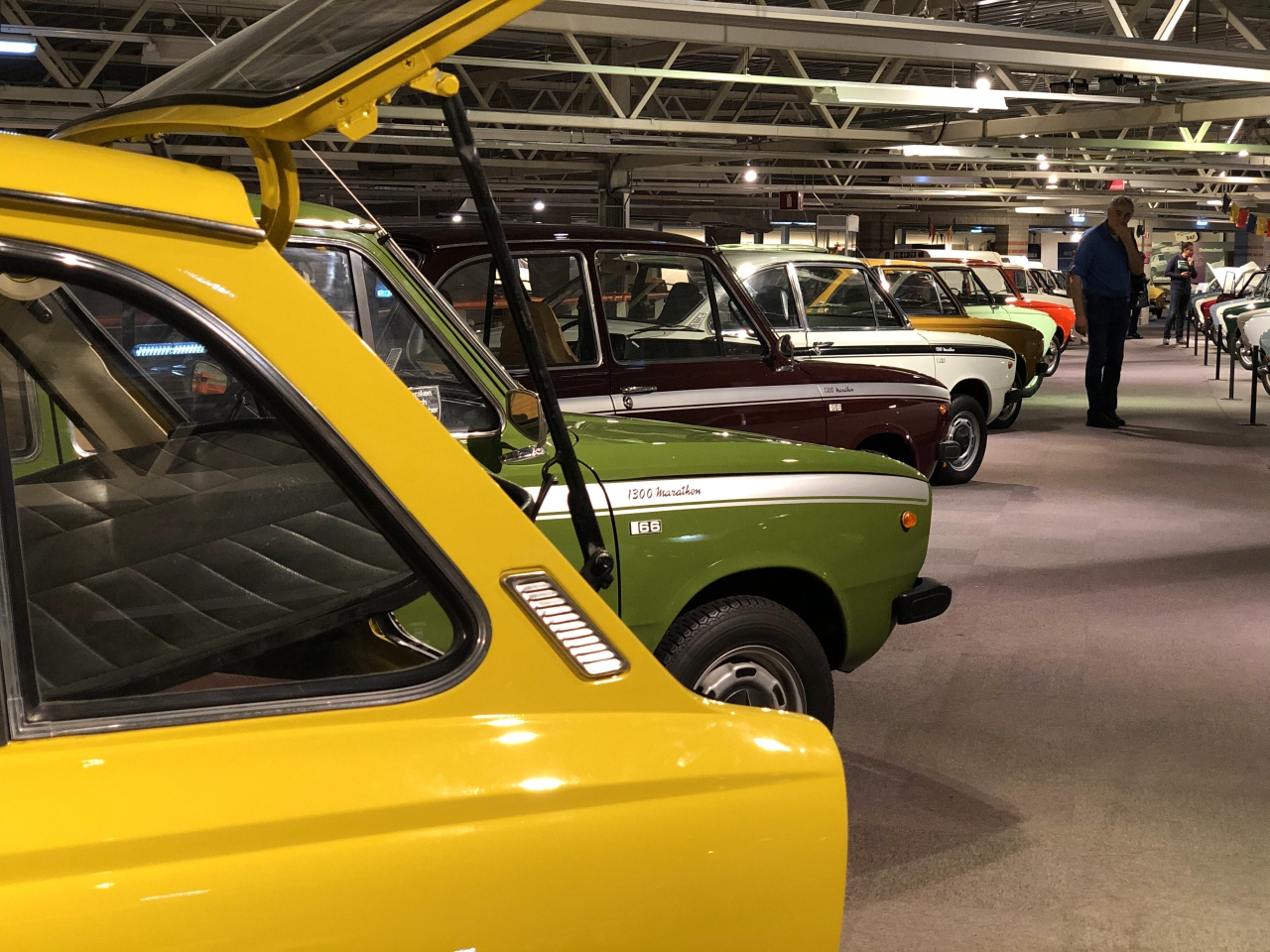The CVT automatic
Continuously variable transmission
The continuously variable transmission as it is used in the car world is a development of the Dutchman Hub van Doorne – one of the brothers who founded DAF. But in fact Leonardo da Vinci had already drawn a kind of CVT at the end of the fifteenth century. But then there were no cars.
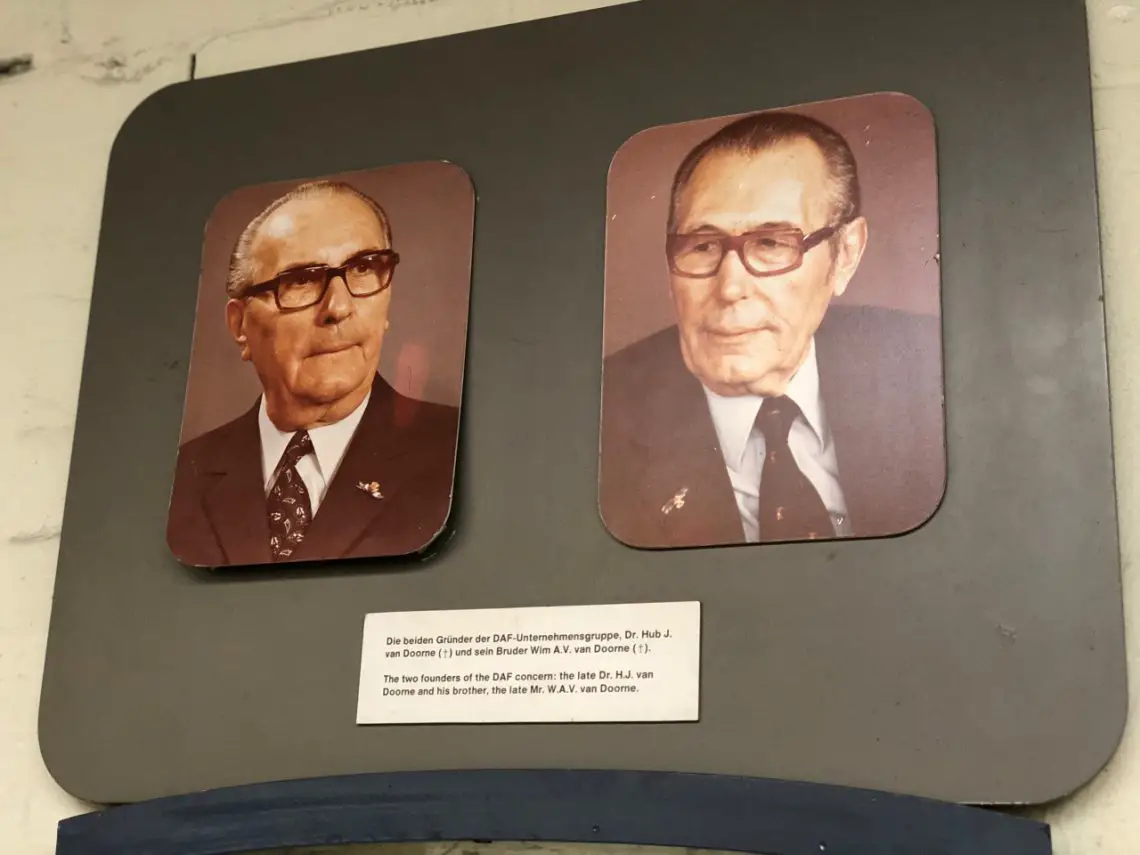
What is a CVT automatic?
The name says it all: the CVT is a continuously variable transmission. The transmission of the power from the motor to the wheels is therefore automatically continuous and infinitely variable. You don’t feel any jolts like you do with a conventional automatic transmission. At any speed, the engine runs at the most favorable speed, i.e. optimally efficient for the lowest possible consumption versus – depending on the driving conditions – optimum pulling power or optimum power.
How does a CVT automatic work?
Imagine a racing bike with a derailleur by the chainrings between the pedals and one by the rear sprockets. This allows you to manually move the chain from a small to a larger sprocket while driving – and back again. If you want to cycle away from a standstill, you need a low gear. The chain is then wrapped around the smallest sprocket at the front and the largest at the back. If you want to drive faster, choose a higher gear.
The CVT automatic transmission actually does the same, only automatically and completely stepless. The metal push belt does not run over gears, but through two pulleys – the groove in its circumference becomes deeper towards the middle. The front pulley (the primary) is driven by the motor, the rear (the secondary) drives the wheels. Both pulleys can vary infinitely in diameter because their halves move apart and towards each other. When the front pulley is fully open, the rear is fully closed. The push belt then makes a small bend in front of it and a large one behind it, just like the racing bicycle chain. Ideal for starting from a standstill.
Shifting with CVT automatic transmission
The engine makes relatively high revs when starting, as if the clutch is slipping, but the car accelerates smoothly. As the speed increases, the primary pulley closes further and further thanks to ingenious technology and the push belt makes a larger bend. The opposite happens with the secondary: the belt pushes it further open and the bend made by the push belt becomes smaller. This makes the transmission longer (‘higher gear’) and the car achieves a higher speed without increasing the engine speed and without interrupting acceleration due to the driver having to change gears.
Under the influence of, among other things, the position of the accelerator pedal, the load on the engine and the speed, a computer controls the diameter of the primary pulley and thus the transmission ratio (the ‘gear’). All this takes place completely steplessly and comfortably, both accelerating and upshifting as well as decelerating and downshifting again.
CVT automatic also with stairs
Still, some people don’t like the fact that the speed is constant while the driving speed varies. They then have the idea that the clutch is slipping. Partly for this reason, some car manufacturers have launched models with a CVT that does have a number of (electronically controlled) stages, which can even be selected manually. Of course the customer is king and of course the stairs can come in handy when towing a trailer, but doesn’t the ingenious continuously variable transmission miss the mark?
Push belts for CVT automatic transmission
There are various manufacturers of continuously variable transmissions, but the essential push belts are produced in Tilburg by VDT (Van Doornes Transmissie, yes the Van Doorne from DAF , but now VDT is owned by Bosch). The push belts are made up of two parallel packages of steel belts, between which and over which numerous metal plates run. These plates push each other forward and transfer the driving force from the primary to the secondary pulley. Due to the shape of the plates, they can pivot relative to each other so that the push belt runs smoothly through the pulleys of ever varying diameter.
Car brands with CVT automatic transmission
In the eighties, the Subaru Justy and the Fiat Uno with a CVT were the first to appear on the market. More followed later, such as Dodge, Ford, Rover, MINI (BMW), Suzuki and many others, mainly Japanese, Korean and American brands.
Williams Formula 1 with CVT automatic transmission
Even the Williams Formula 1 team, which was very successful at the time, equipped its FW15C with a CVT in 1993. The car was already so unheard of fast in development testing that Formula 1 leadership banned the use of the CVT. Because the CVT continuously kept the engine at the speed at which it was delivering its maximum power, the Williams was about four seconds per lap faster than the competition… The ban also delayed the development of the CVT for use in normal passenger cars.

Variomatic predecessor of CVT automatic transmission
At the AutoRAI of 1958, both the Dutch DAF 600 and the Variomatic – as Hub van Doorne had called his CVT – made their world debut. Van Doorne further developed his transmission and eventually the CVT as we know it today was born. In the 1980s, this was only slowly applied to other car brands – after all, DAF no longer produced passenger cars. Unlike the CVT, which uses metal push belts to drive the car, the Variomatic transfers the drive power via so-called belts, rubber pull belts actually.
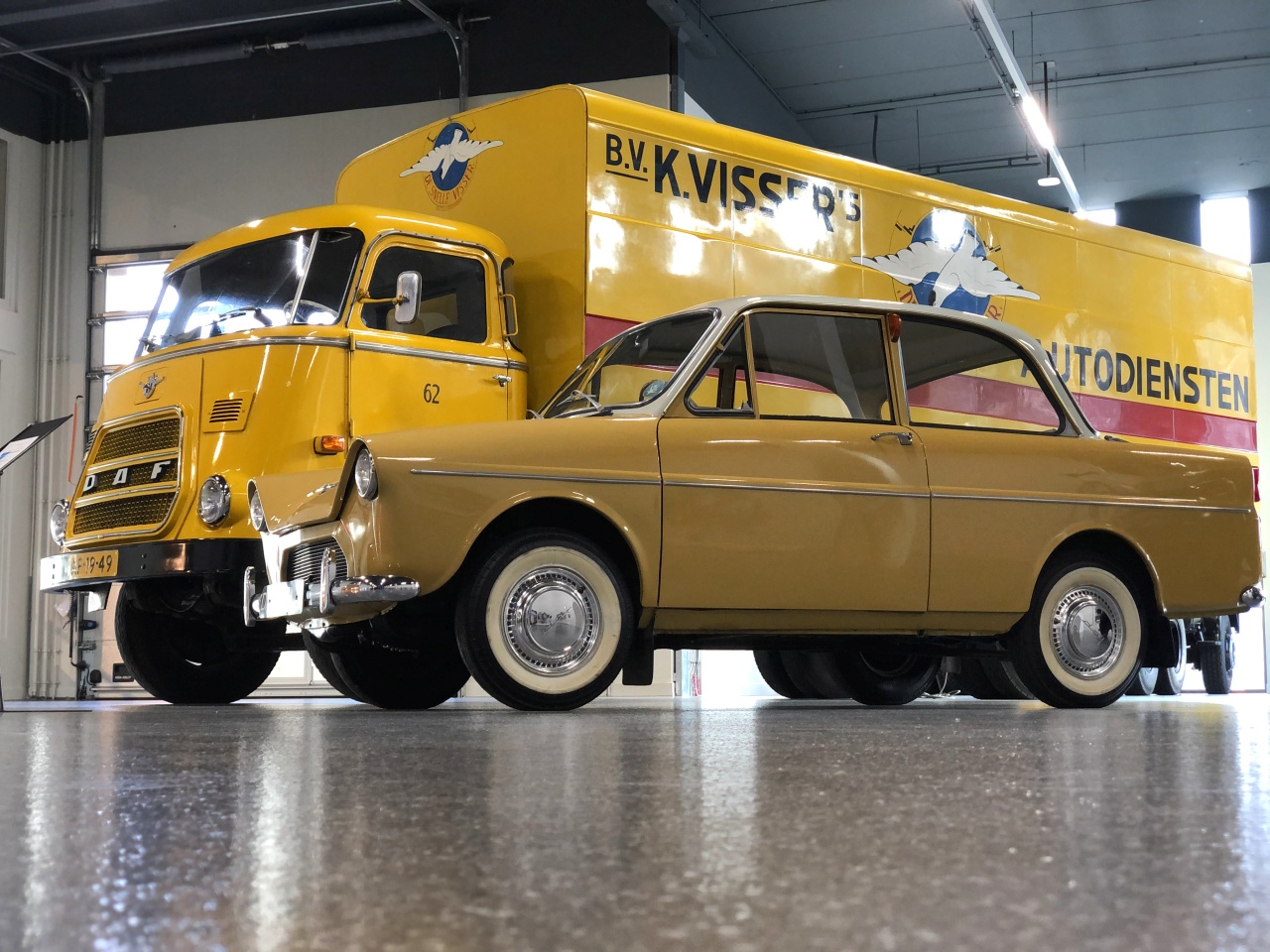
CVT automatic in DAF Museum
Since the continuously variable transmission has its origins in the DAF car brand, the DAF Museum is the right place to learn more about the CVT, the Variomatic and DAF. You can operate a working model of the Variomatic and see its principle, which is similar to that of the CVT, in action. In addition, there is a Williams Formula 1 car and you can see images of the Formula 1 car with CVT in action – what a sound! Recommended.
